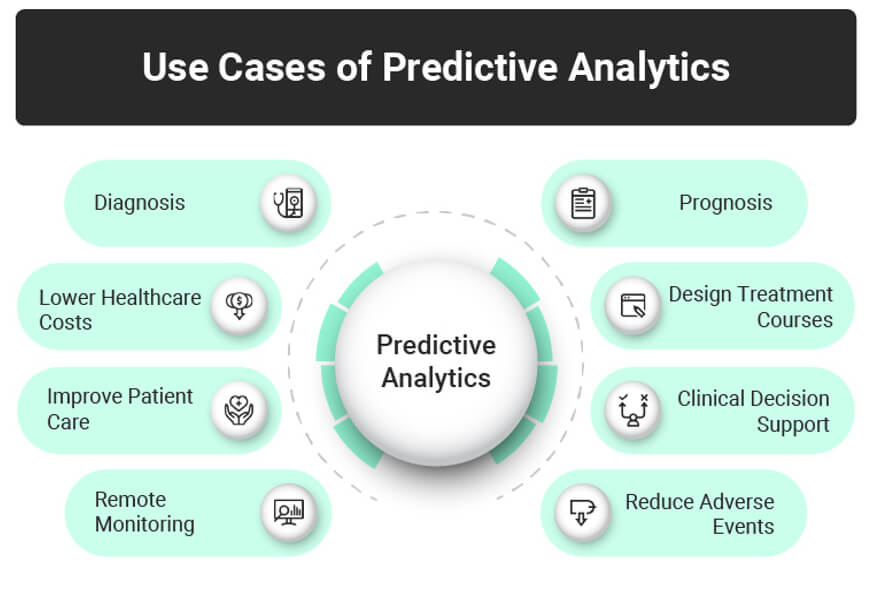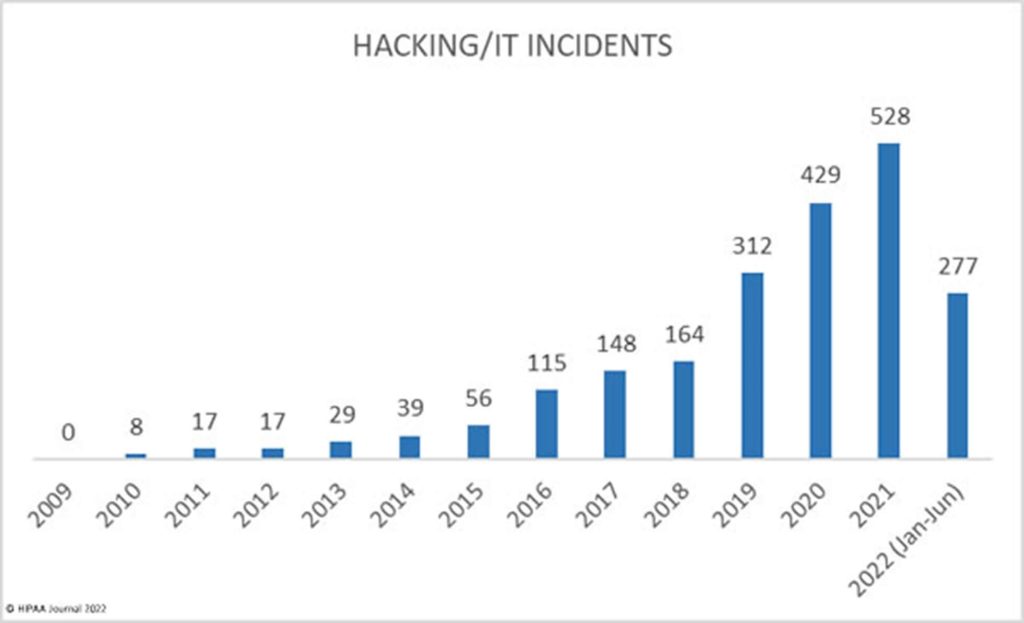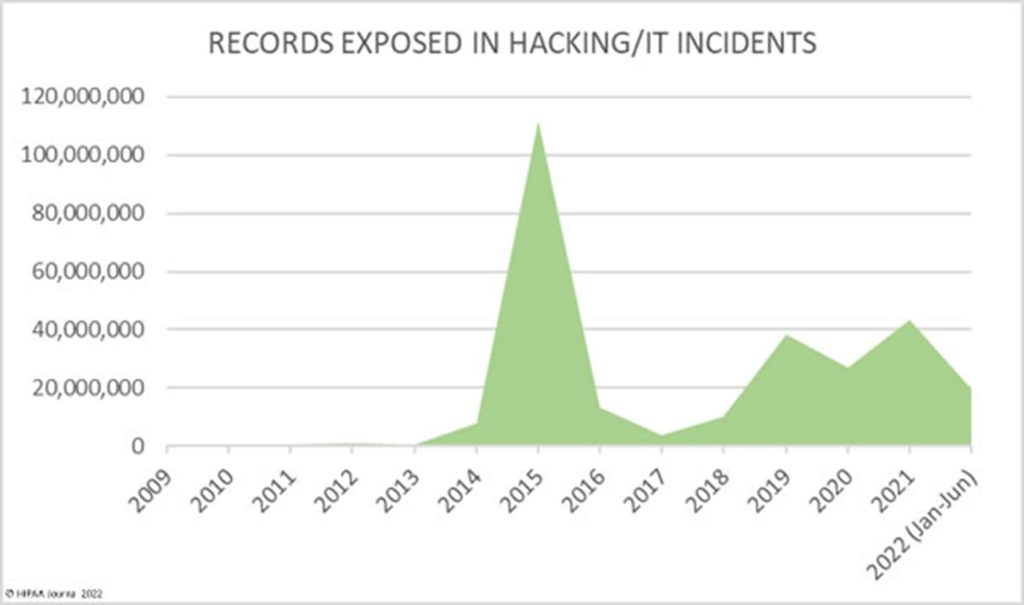The Power of Analytics: Transforming Healthcare Delivery
Leveraging Data for Better Patient Outcomes: A Healthcare Analytics Perspective
Insights and Innovations: Advancing Healthcare Through Data Analytics
Introduction
All businesses stand to gain from the application of data analytics to transform this valuable raw material into business knowledge, but no industry will be affected by this technology more than the constantly evolving healthcare sector. According to Grand View Research, the global market for data analytics in healthcare was estimated to be worth $26 billion in 2019 and is anticipated to rise at a 7.5% CAGR (Compound Annual Growth Rate) from 2020 to 2027.
Impact of data analytics in the healthcare sector
The delivery of healthcare services will change because of data analytics in fields as diverse as cancer therapy, medication research, and disease prediction. Nearly every aspect of healthcare will be impacted using advanced analytics techniques and the ongoing geometric growth in the amount of data that can be analysed, including the accuracy of insurance rates, the automation of administrative procedures, and the application of artificial intelligence (AI) in diagnostics.
Introduction to Healthcare Analytics: Trends and Challenges
Improving Patient Care with Data-Driven Insights
Enhancing Operational Efficiency in Healthcare Organizations
Future Directions: Opportunities and Innovations in Healthcare Analytics
The Growing Importance of Data in Healthcare Decision Making
Overcoming Challenges: Implementing Analytics Solutions in Healthcare
Real-World Applications: Success Stories of Healthcare Analytics Implementation
Ethical Considerations and Privacy Concerns in Healthcare Data Analysis
Growing market size of data analytics in healthcare
Over the past few years, the demand for data analytics in the healthcare industry has only grown. Given the escalating expenses of medical care worldwide, a proper body of knowledge was required to lower costs both at the corporate and professional levels. According to one of McKinsey’s estimates, healthcare costs in the United States account for 17.6 percent of GDP, or over US$600 billion, which is higher than the benchmark for the country’s optimal population size. This is a very worrisome sign of further danger. As a result, the use of healthcare data analytics is currently being advocated.
Data Analytics in Healthcare
The healthcare sector produces a lot of data, but it has a hard time turning that data into insights that enhance patient outcomes and operational effectiveness. The goal of data analytics in healthcare is to assist practitioners in overcoming barriers to the widespread use of data-derived intelligence:
- Making healthcare data easier to share with coworkers and outside partners, as well as easier to visualize for the public.
- Giving healthcare providers accurate data-driven forecasts in real time so they can react more swiftly to shifting healthcare markets and settings.
- By automating low-impact data management operations, healthcare organizations may improve data cooperation and creativity to turn analytics-ready data into business-ready information.
Three broad categories can be used to classify the analytics tools:
- Software that collects information from patient surveys, case files, and machine-to-machine data exchanges.
- Programs that validate, clean, and analyze data in answer to a particular research topic.
- Software that builds on the findings of the study to recommend different activities to meet healthcare objectives.
Analytics software must safeguard the data and the analysis results in addition to gathering, analyzing, and interpreting data. It must also make sure that the healthcare professionals who will profit from the insights have ready access to the information in a format that they can utilize in their work.
Predictive Analytics in Healthcare
Leveraging Big Data and Artificial Intelligence
Predictive analytics applications in healthcare rely on big data and artificial intelligence. To find trends, predictive analytics in healthcare gathers enormous amounts of patient data coming from electronic health records (EHR), insurance claims, administrative paperwork, medical imaging, etc.
Here are some instances of how predictive analytics might help healthcare leaders:
- Lowering the price of the penalties for missed appointments and readmission.
- Accelerating administrative processes including insurance claim submission and discharge procedures
- Analysis of current transactions and risk scoring to stop ransom and other hacks.
- Acquiring new patients through personalized campaigns.
The future of healthcare delivery has a strong and healthy place for predictive analytics. Healthcare providers of the future will provide the finest treatment to their patients while minimizing operating expenses if they embrace data and think carefully about their technological investments. The knowledge and experience Compunnal Digital have gained through powering healthcare technology across enterprises across the world has strengthened processes and functions while enabling them to create new products with the purpose of providing better services and care. Connect with us for a technological collaboration to help your company and customers even more.
Use cases of predictive analytics in healthcare

Predictive analytics is transforming the medical field in multiple ways. Here are few important use cases that offer the most value to healthcare providers:
1) Preventing Readmission:
Hospital readmission carries a hefty price tag. Medicare spends over $26 billion yearly on readmissions, according to Healthcare Dive. The Hospital Readmission Reduction Program of Medicare, which adds financial incentives to fight readmission, also subjects hospitals to severe fines. According to studies, this kind of penalty was given to 82% of the hospitals in this scheme.
Healthcare predictive analytics can identify patients with traits indicating a high possibility of readmission so that doctors can allocate additional resources for follow-ups and personalize discharge protocols to prevent a quick turnaround.
2) Managing population health
This is another prominent healthcare predictive analytics example, which covers few aspects.
a. Spotting chronic diseases with predictive analytics for healthcare
Healthcare organizations may identify patients who are at risk of acquiring chronic diseases and provide them with preventive care before the illness worsens thanks to predictive analytics. Using analytics, patients are given scores based on their demographics, medical conditions, age, and previous care patterns. A study from Diabetes Care demonstrated how predictive analytics models for healthcare can estimate an older adult with diabetes’ life expectancy of five to ten years, allowing doctors to create personalized treatment regimens.
b. Identifying public health trends with predictive analytics
Predictive analytics in the healthcare sector also aids in the detection of possible population health trends. A study that employed predictive analytics to identify health trends was published in the Lancet Public Health journal. This study concluded that unless US drinking habits alter, alcohol-related liver illnesses will increase and result in fatalities.
c. Detecting disease outbreaks with predictive healthcare analytics
One has to wonder, while discussing epidemic predictions, if predictive analytics could have predicted the COVID-19 pandemic. Yes, it is the answer. On December 30, 2019, BlueDot, a Canadian business that creates AI and predictive analytics solutions, issued a warning over the increase in instances of unidentified pneumonia in Wuhan. The World Health Organization officially announced the emergence of the new coronavirus just nine days later. Predictive analytics in healthcare continues to aid authorities and common citizens in understanding the pandemic. One such instrument for tracking COVID-19 was created by a research team at the University of Texas Health Science Center at Houston (UTHealth). This tool creates and maintains a public health dashboard that displays the virus’s present and potential future tendencies.
3) Speeding up insurance claims submission
Predictive analytics can also be useful for health insurance. These technologies can assist hospitals in preparing insurance claims more quickly and with fewer mistakes.
Case study: Apixio’s software for insurance claim coding
From Apixio, one example is provided. This California-based startup creates healthcare technologies that are driven by analytics. Software created by Apixio assists hospital coders in choosing the appropriate codes for insurance claims. The amount that insurance companies must pay will be determined by those codes.
Predictive analytics can also be useful for health insurance. These technologies can assist hospitals in preparing insurance claims more quickly and with fewer mistakes.
Traditionally, hospital coders sift through vast amounts of information to find the right codes. Apixio’s tool mines patient medical records for relevant data and presents hospital coders with the selected pieces that will help them determine the best code options.
4) Increasing patient engagement and outreach
Patients must take an active interest in their care if they are to receive high-quality treatment. Studying patient engagement behavior has additional advantages because it can be used to identify when patients start to behave unreasonably. With this knowledge, clinicians can take a proactive approach rather than waiting until patient non-compliance negatively impacts their health.
Predictive analytics in healthcare can be used by medical facilities to engage patients and improve their interactions with doctors. These tools can aid in the development of patient profiles, the delivery of personalized messages, and the formulation of more individualized.
5) Enhancing Cybersecurity in Health Care
According to the HIPAA Healthcare Data Breach Report, cyberattacks are frequent in the healthcare sector. The report revealed that most ransomware attacks involved data theft before encryption. Till June 2022 sustained 277 data breaches in the healthcare sectorand around 2 Cr+ records were exposed.


Image Source: https://www.hipaajournal.com/healthcare-data-breach-statistics/
Cybersecurity Predictive analytics in healthcare can help improve the situation. Predictive analytics combined with artificial intelligence solutions for the medical sector can be used by healthcare organizations to calculate risk scores for various online transactions in real-time and respond to events based on their scores. During a login event, for example, the system will grant access to a low-risk process while blocking or challenging a high-risk process for multi-factor authentication. Furthermore, predictive modelling in healthcare can monitor data access and sharing to detect any changes in patterns that may indicate a breach.
Conclusion
Applications of BI in healthcare include building qualitative and quantitative databases and storing the widest range of data related to the organization.
Tools for business intelligence can analyze and examine this data from a variety of angles. BI may assertively direct tactical and strategic decision-making in addition to producing indicators and macro analyses by combining information. hence immediately affecting the standard of healthcare operations. Strategic KPIs for well-informed decisions are provided by BI in the healthcare industry, which connects people, news, and departments. BI technologies can assist in analyzing flaws and eradicating errors through prompt measures to get better results.
Thus, we can conclude that Business Intelligence is completely changing the existing landscape of healthcare.


